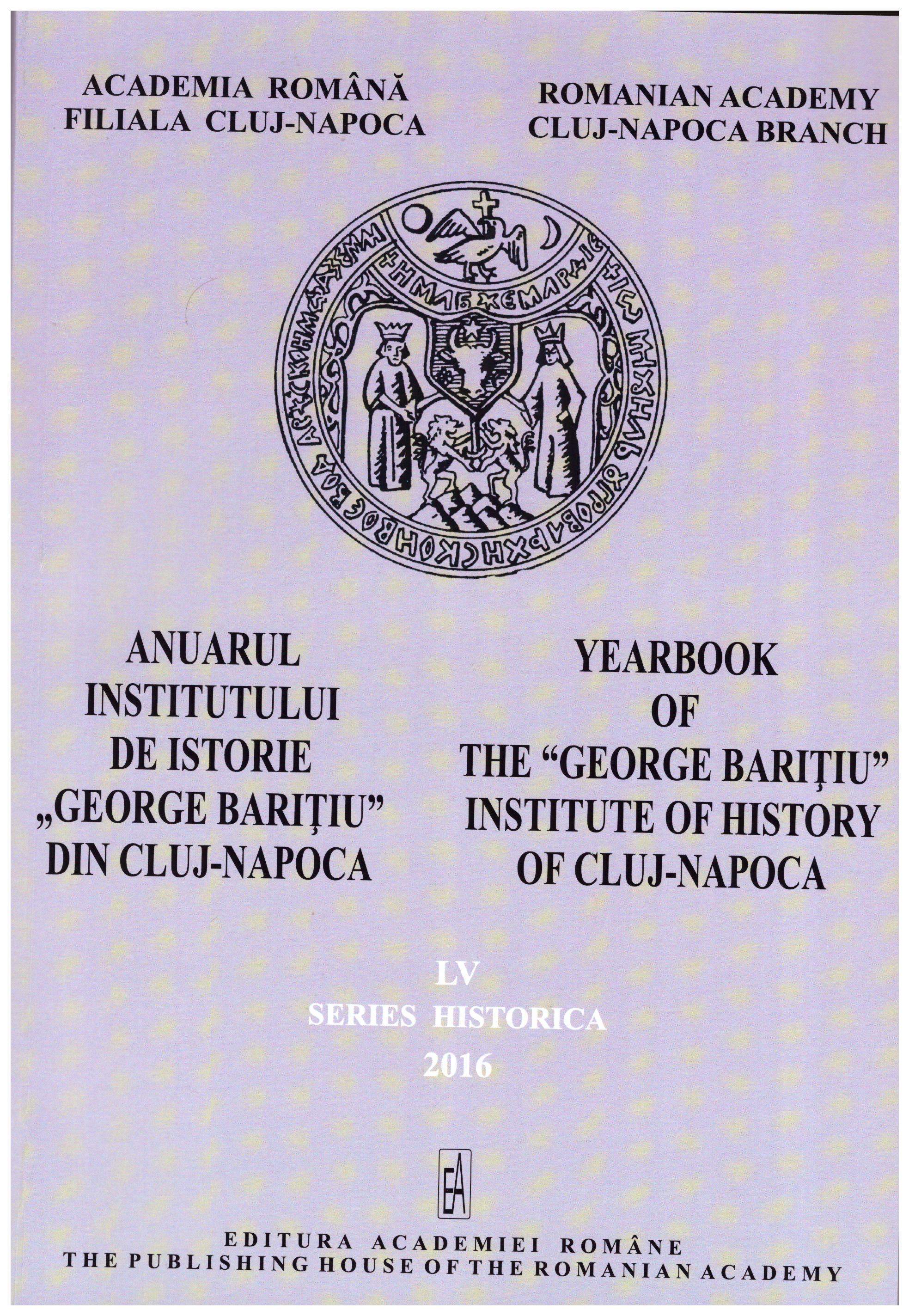Scriere cifrată şi activitate diplomatică în Transilvania secolelor XVI-XVII
Cryptography and Diplomacy in Transylvania during the 16th-17th Centuries
Author(s): Susana AndeaSubject(s): History, 16th Century, 17th Century
Published by: Editura Academiei Române
Keywords: cryptography; Transylvania; Ottoman Empire; Habsburg Empire; Michael Apafi.
Summary/Abstract: This paper attempts for the first time, and in relation with the general European practice, an evaluation of the cryptographic correspondence, as it was used in diplomatic activity from Transylvania. The analysis considers a long period of time, from the first evidences concerning the use of the cyphers until 1700, however insisting on the reigns of the two Rakozi princes. Two central issues are addressed: on the one hand, the cryptographic writing in the diplomatic correspondence with the Ottoman Empire, on the other hand, its use in relation to Habsburg Austria. The author discovers that coded writing was present even in the domestic correspondence between the members of princely council in the second half of the 17th century on subjects of diplomatic, political and military nature. The solutions for encryption employed in this time were all very well known in Europe of that period: substituting letters with numbers, changing the meaning of certain letters or the use of so called signum mutum or nullita, and often the special coding of frequently used words.
Journal: Anuarul Institutului de Istorie »George Bariţiu« - Series HISTORICA
- Issue Year: LV/2016
- Issue No: 55
- Page Range: 65-85
- Page Count: 21
- Language: Romanian

